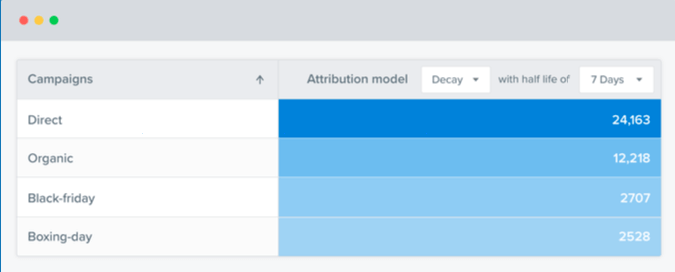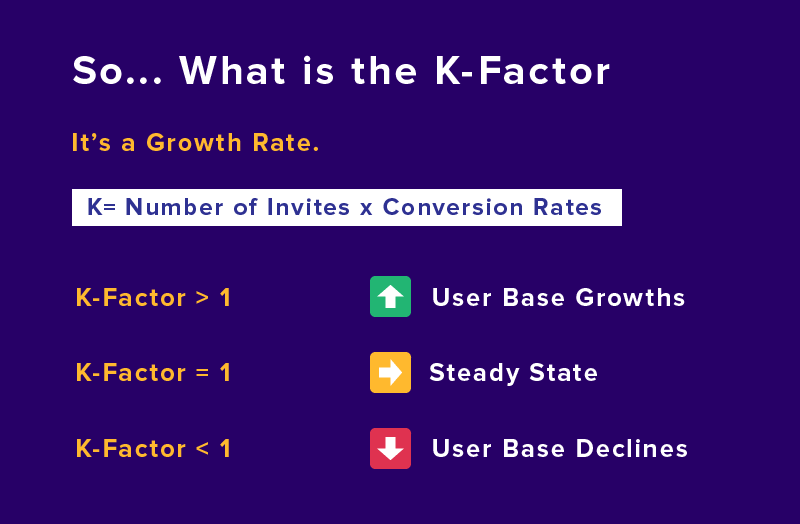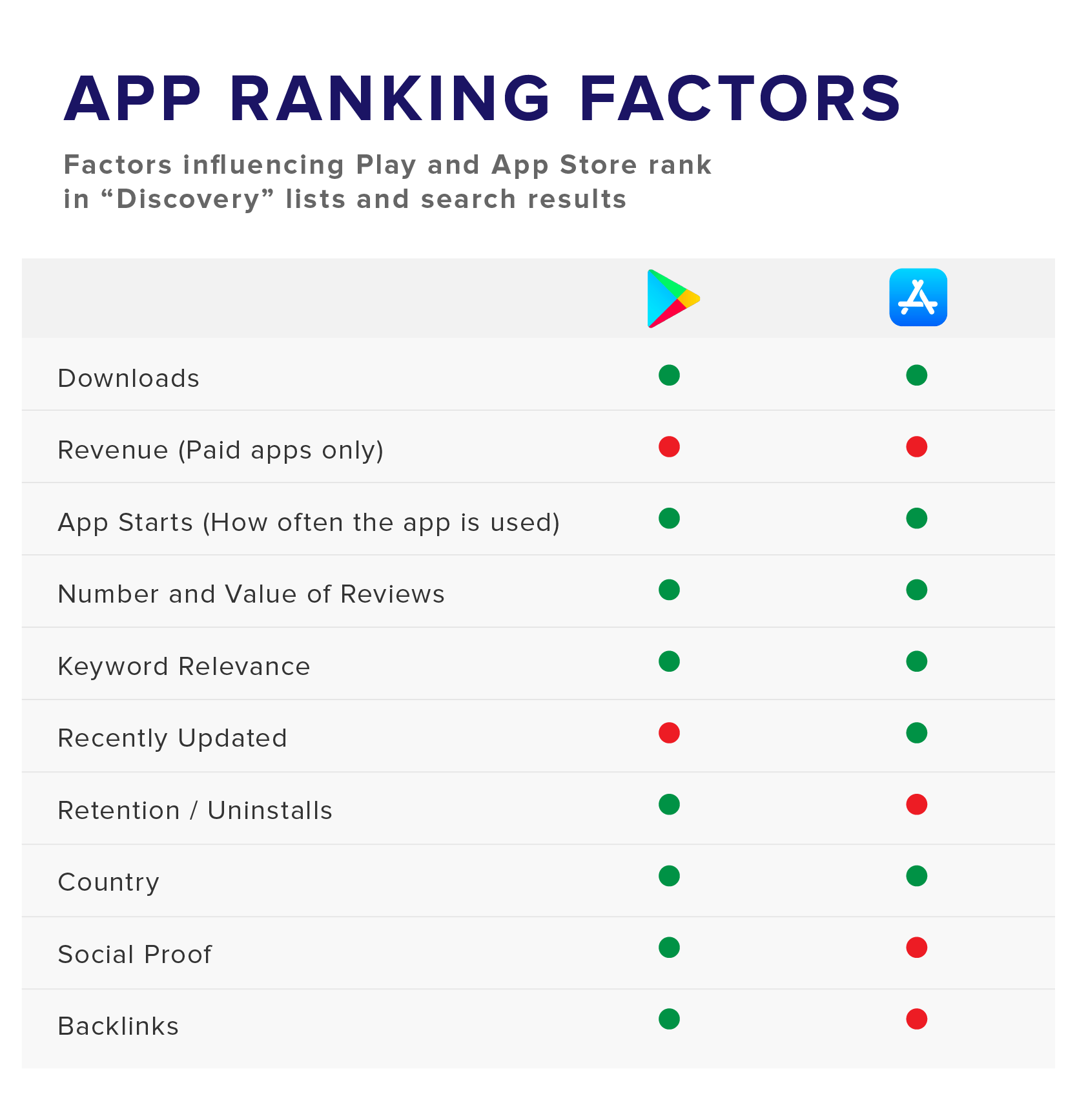App-based travel businesses have their work cut out for them when it comes to attracting, converting, and retaining customers.
According to a recent report by CleverTap, over 5% of all apps are travel apps, which means you need to make that extra effort to get noticed and rise above the clutter on the home screen. Another observation was that the average app loses over 64% of its users after the first 30 days, rising to 82% after 90 days. Why?
We recently spoke with Prasanna Vee, Chief Product Officer at GoQuo, to get his expert insights into how travel apps can use business intelligence as a clear competitive advantage. Prasanna is an ardent traveler who has built industry-disrupting travel platforms including Cleartrip, Hotelquickly, and Kkday.
Thanks for joining us, Prasanna. Tell us a little about yourself and your experience with travel technology.
Just to give you a bit of a background about myself, I’m originally from India but have lived and worked in the US for most of my life. I worked with Microsoft in Seattle for close to 10 years as a part of their Online Services Division.
I’m also an ardent traveler, having visited more than 500 cities in 200+ countries. Due to my strong passion for technology, I’ve been an early adopter for hundreds of applications and online tools in the travel domain.
The last two decades of intense traveling has not only given me a strong expertise in the travel industry (across multiple markets), but also with a vision to clearly understand opportunities, gaps, and areas for innovation.
All this combined with my extensive experience in software engineering has enabled me to lead product strategies and development for several travel startups.
What do you see as the key metrics that define success for travel apps?
Here’s the framework that I’ve established for my teams in the past:
- Acquisition: How many new users are we getting? Key metrics to track under this category are:
- Number of downloads: Ideally track a daily trend of downloads, weekly in the least
- Download Attribution: Where are these downloads coming from? This is very important for optimizing how we are spending money to get downloads.

- Cost Per Acquisition: How much are we spending to acquire new customers through various paid channels? By comparing this to our CLTV we can determine whether we’re spending too much to acquire new users.
- Activation: Are new users launching the app after install? Key metrics to track under this category are:
- Activation Rates: Percentage of users who launched the app after installation
- Day 1 Retention: Percentage of new users coming back to the app 24 hours after download
- Install to Registration Rate: The percentage of users who choose to register after installing the app
- Retention: The primary question to answer is whether users are coming back to our app over the long term. Key metrics to track under this category are:
- Retention Rate: Number of people in a cohort who use our app within a set time frame / Number of people in that same cohort who used our app within a previous time frame. For example, 200 people from our January new user cohort used our app in February / 1,000 users in January new user cohort = our retention rate is 20%.
For our app, we track daily, weekly, and monthly retention cohorts.
- Usage: Understand if our users are performing key activities within our app and how frequently. These can be also categorized as user engagement metrics. Key metrics to track under this category would be:
- Active Users: Anyone can download an app, but it takes a special kind of app to compel people to use it regularly. Monthly active users (MAU) or daily active users (DAU) are our key users. We measure this as the number of users who viewed at least one product detail screen.
- Number of searches: Volume of searches in our platform
- Product Engagement: Percentage of users who clicked into at least one product from the product listings page.
- Revenue: How effectively are we converting users into paying customers? Key metrics to track under this category would be:
- Lifetime Value: How much revenue or profit can we expect from our average customer during the entire time they spend as customers of our product/app?
- Average Revenue Per User: Current LTV our app has achieved since launch. This could be calculated by dividing the total revenue of our app by the number of users we’ve had.
- Growth: We need to understand the growth dynamics of our app. Key metrics to track under this category are:
- Number of uninstalls: When we compare daily uninstalls with the number of daily downloads and daily activations we can get a net result of our mobile app growth.
- Virality metric: The virality metric or K-factor is a formula that describes the growth rate of an app/site. Basically, it tracks the number of new registrations that are created from viral channels and quantifies the associated growth in our user base.
Simply put, K-factor is the total number of registrations per unique inviting user and can indicate how we are lowering the cost of user acquisition. For example, if our typical CAC is $2 and a current user tells another user about our app, then our cost is no longer $2 per user but $1 per user or even less.
Image Source: ROI and the K-factor, Jonathan Winters - App Store Rankings: Rankings and ratings on app stores are vital to represent our app’s popularity with potential new users.

Image Source: 11 App Store Ranking Factors, Harry Fuecks
With the rise of mobile devices, what are some of the complex data-related challenges that the travel industry faces?
Personalization has been a real problem for a long time now in the travel industry. A lot of companies talk about it extensively, but no one has solved it or nailed it with a clear implementation.
For example, a simple thing like hotel or flight search results is almost the same for every user, without factoring in each individual’s background, trip context, similarities between other travel planners, etc.
Targeting users with recommendations is also for the most part generic, without factoring in any social signals or machine learning based intelligence. But a lot of other industries like retail and entertainment (like Netflix) have really made great progress on this front.
Key data is often fragmented across multiple functions and units. How do you make sense of it all, and how do you use it across the user lifecycle?
Marketing should never be siloed. It should work very closely with product and engineering teams so that every marketing campaign is heavily based on data. When I was with Kkday – an online tours and activities platform – we relied heavily on data from CleverTap to not only improve the product, but also determine which customers to target and what messages to send them.
How do you differentiate your offering from competitors?
Two key things: diligent user research and customer interviews to understand the pain points customers are facing with existing products. These help us understand how can we build something that will help us leapfrog the competition.
Our research is conducted on both new users and existing customers. For example, if a lot of people complain about not being able to hold a hotel room and pay for it later, it will be a valid functionality to implement it.
How do you ensure that data insights reach the right decision maker in your organization?
In every team I have worked with, we have held a weekly metrics review with key stakeholders. We don’t skip it for anything. Data insights are also shared during release planning meetings to justify why we are building certain functionalities now, or saving other features to build later.
Retention is the holy grail of marketing in today’s hyper-competitive space. What’s worked for you to users keep coming back to your app?
- A solid loyalty/rewards program that is simple to understand, easy to collect, and simple to redeem
- Personalized retargeting campaigns with inspirational content to start another booking journey
- Cashback offers that can be redeemed for future bookings
- Referral marketing: where a referrer and new user both get rewards upon successful booking
- Affiliate marketing: working with influencers and bloggers to promote the app/products. I’ve seen this work exceptionally well in North Asia (Korea, Taiwan, Japan, China, etc.).
How has marketing automation helped you in your job?
Marketing automation has made our lives simpler in a number of ways:
- It has made campaigns more targeted. A query (or engineering) driven campaign can hit specific customers who show high potential, instead of spamming the whole customer base.
- Campaign content is more refined. We can easily plug dynamic content into emails based on queries.
- Campaign timing is more precise than ever before. Real-time notifications, mailers triggered by real-time user behavior, etc.
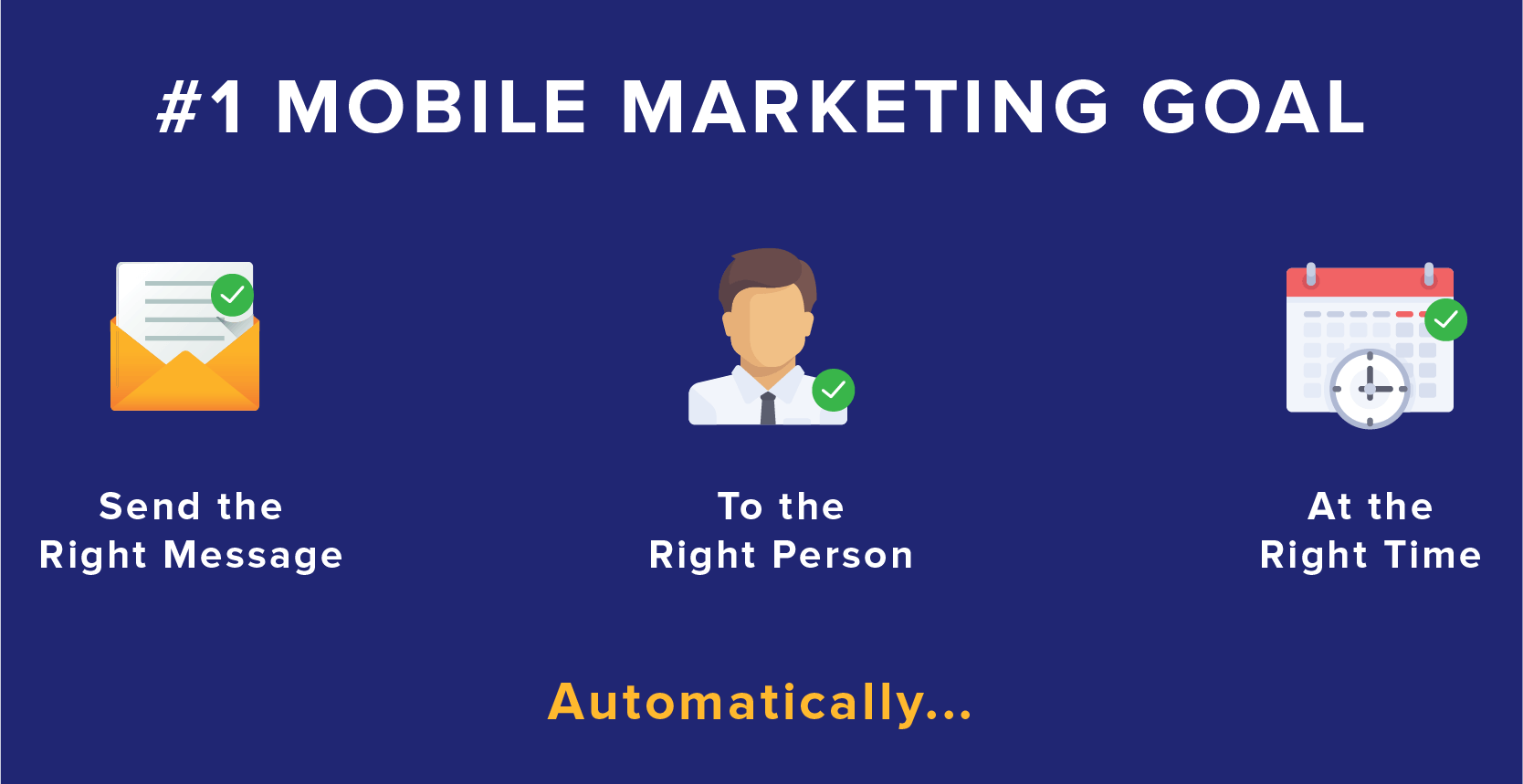
To put it simply, Marketing automation has helped in delivering the right campaigns, to the right person, at the right time
Given how competitive the landscape is, what are your thoughts on engaging and retaining users to build a sustainable advantage?
Keeping users engaged is the only way that you can hope to encourage repeat bookings and build a sustainable business. The more engaged your users are, the greater the chances of monetizing them, increasing top-line revenues, delivering satisfactory user experiences, and creating long-term user retention.
Here are two rules I believe every travel app should follow:
- Have a clear value proposition that differentiates your product or features from the competition. For example, there are hundreds of hotel booking apps. If your app has a unique way to research and discover the best hotels, then pitch that very clearly to the user.
- Build a solid retention strategy that will bring users back to your app again and again – either in terms of a loyalty or rewards program or something that sets your product apart from the competition.
Where do you see marketing in the travel industry headed?
Marketing, especially in travel, is becoming more of a continuous journey — not just transactional. You don’t engage with the customer once and forget about it, but keep interacting with them across every stage of the customer journey.
We’re seeing a shift from product-based marketing to relationship-based marketing — so it’s important to be with the customer during each micro-moment:
- Dreaming, or the “I want to get away” moments
- Preparation, or the “Time to make a plan” moments
- Booking, or the “Let’s do it” moments
- Experiencing, or the “Can’t wait to explore” moments
- Sharing, or the “I need to post this” moments
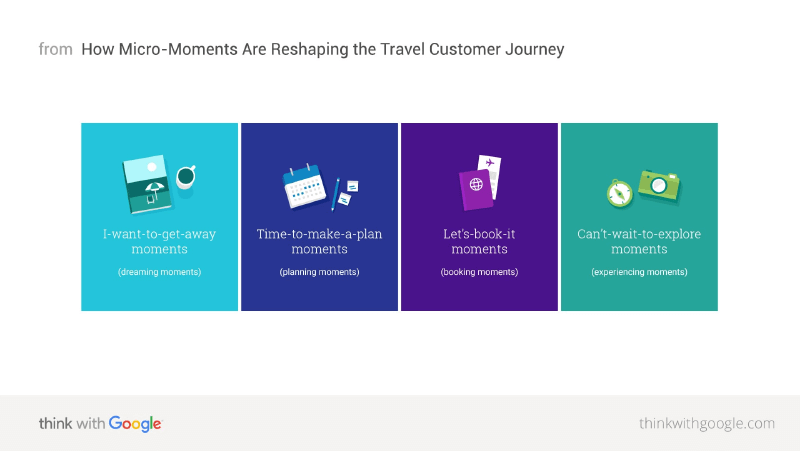 Image Source: Think With Google
Image Source: Think With Google
Thriving in an Ultra-Competitive App Market
If we were to look at some of the biggest travel and transportation brands (think Uber, Airbnb, Expedia, Cleartrip, or Booking.com) – they are all built on a deep understanding of their customer. This understanding has given them the power to successfully engage customers in every micro-moment.
The more engaged your users are, the greater the chances of monetizing them, increasing top-line growth. The sum total of all these is long-term user retention, which is the key to sustainable app success.
To find out what makes some of the world’s fastest-growing travel apps succeed, check out our recent Travel Benchmark Report. We analyzed over 55 billion events across 1 billion devices in 2018 to help you benchmark your app’s performance at every stage of the user lifecycle.

Industry Benchmark for Media & Entertainment Apps
Shivkumar M 
Head Product Launches, Adoption, & Evangelism.Expert in cross channel marketing strategies & platforms.
Free Customer Engagement Guides
Join our newsletter for actionable tips and proven strategies to grow your business and engage your customers.
















































